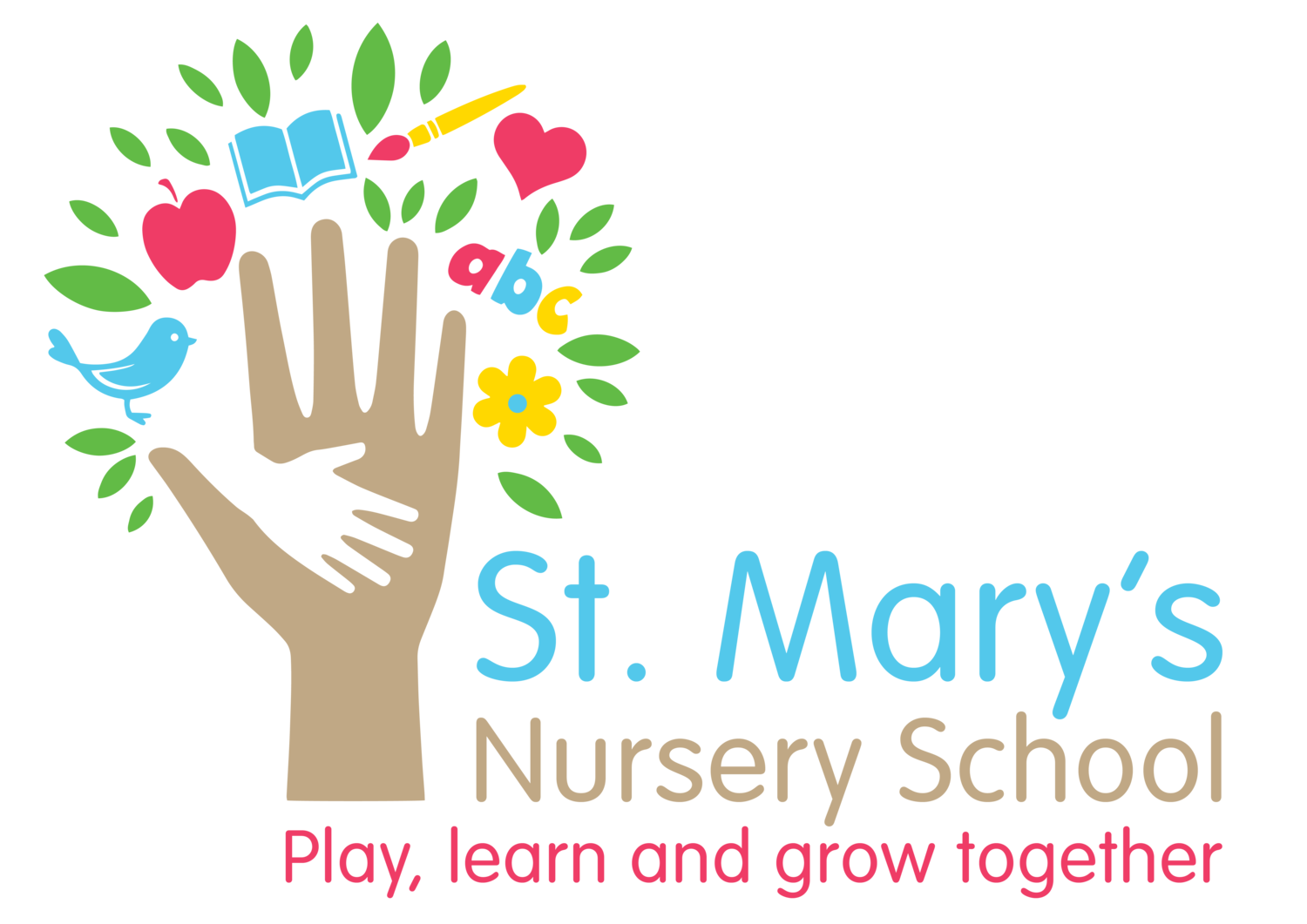If you have been following this blog or the nursery Instagram feed, you might have noticed that we have been putting a lot of emphasis on supporting the development of the children's numeracy skills. This is something that you can also do at home with your child, bringing maths into the heart of your play together.
I can't do maths
Okay, hands up: who thought they were rubbish at maths when they were at school? Who still considers themselves to be no good with numbers? It's a sad fact that so many of us grow up with negative attitudes to mathematics. We are "bad at maths"... or is it just that we were never encouraged to find any enjoyment in the subject?
One way to develop more positive attitudes to mathematics in our children is through play. I know that in many people's experience, maths and play couldn't be further apart - maths was that subject we hated, feared or were just plain bored by, something we were forced to do despite not fully understanding. Play was something we loved and looked forward to. So how can these two things be linked?
First, we need to understand what is actually happening when a child plays. Play is the way that a child learns, "it is the process through which children explore, investigate, recreate and come to understand their world. Play is an activity in which everything that a child knows and can do is practised or used to make sense of what is new" (Early Years: Maths through Play). Through their play, children can grasp many mathematical concepts without them having to be explicitly "taught".
I can count to ten!
It is tempting to think that when a child "knows their numbers" (i.e. can count to ten or whatever) we have succeeded in developing their mathematical skills. It's a useful thing to be able to do, for sure, and is a nice party trick when Auntie Beryl comes for tea, but it actually means very little in itself. Being able to recite all the numbers up to 100 is not helpful unless the child understands what the number system really means, and the basis of this is conservation. This means that 5 is always 5, no matter how it is arranged or presented - be it the number 5, the letters for five, five fingers, five bricks, five stairs or five little speckled frogs sat on a speckled log. So before they can really understand numbers for things that can't be seen, such as 5 miles or 5 years old, children need to spend time playing with real objects which can be seen and handled - this way they can check that the count is right each time. This is all new to them, remember? How do they know that those five bricks might not become six bricks if they count again? Or four? Or twelve? It's only by playing - by investigating - that children eventually come to understand that five is always five.
Maths at home
The idea of "doing maths" with your child might be bringing you out in a cold sweat. Relax. It's learning through play, remember? Your child already has lots of mathematical experiences with you on a day-to-day basis. Your daily routine teaches them about the concept of time. Going to the shops with you teaches them about money. They develop an awareness of number at mealtimes and snack times (how many biscuits are too many biscuits? One's nice, two's nicer, three's too many). There are so many ways to use play to further develop their mathematical concepts - here are just a few easy ideas:
- Sing songs and rhymes that have mathematical elements, e.g. "One, two, three, four, five, once I caught a fish alive", "Five little ducks", "Five little speckled frogs", "Ten green bottles", "One, two, buckle my shoe"... the list goes on!
- Sand and water play can introduce many mathematical concepts - is the bucket empty or full? Is it heavy or light? How much will it hold?
- Baking with your child develops concepts of quantity (three eggs, 300g sugar, three teaspoons of vanilla essence), number ("How many cupcakes did we make?") and time ("How long do we bake the cakes for?").
- Playing with blocks or toy cars can develop an understanding of sequencing (can they sort them according to colour or size?) and develop mathematical language ("Which one is largest? Which one is smallest? How many are red?").
- Play dough can be used in a variety of ways to support mathematical understanding. The dough can be shaped into numbers, flat shapes, 3D shapes, and talking about it can also develop mathematical language (short, long, round, square, etc.).
- Reading books together can be a great way to support an understanding of number and conservation. Ask your child to count things in the book - how many birds are on the page? How many stars can you see? How many oranges did the very hungry caterpillar eat?




